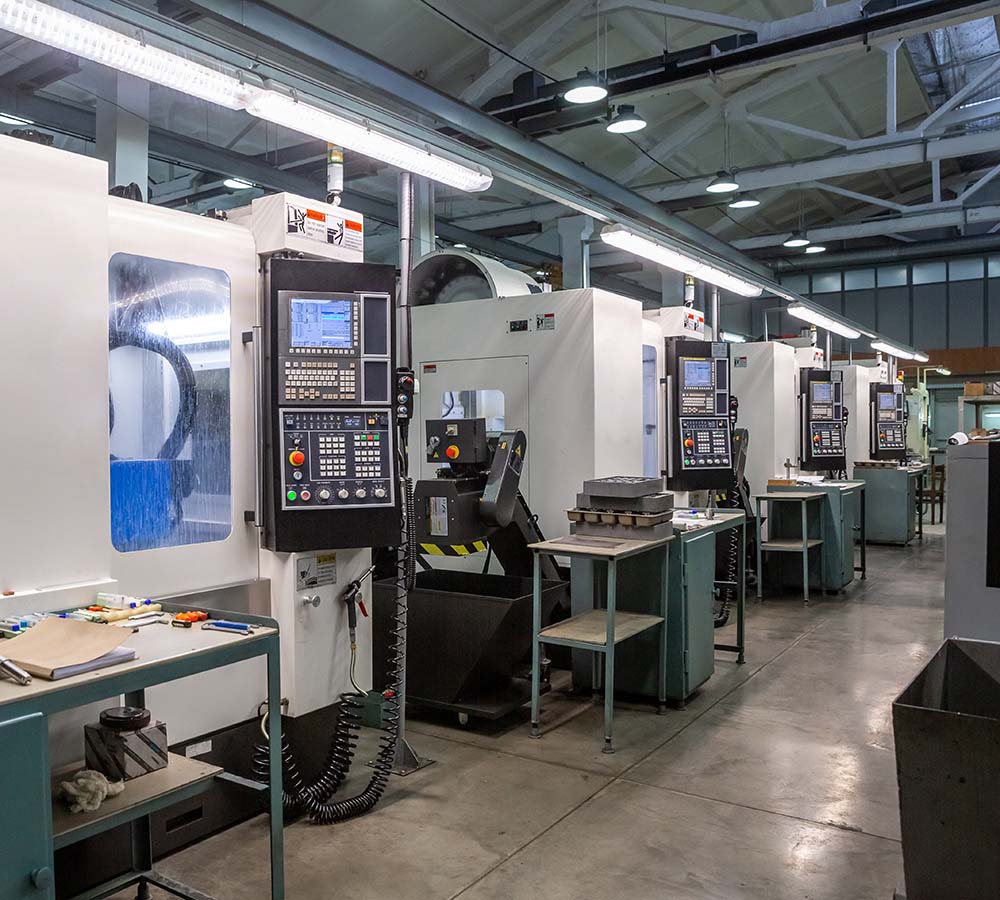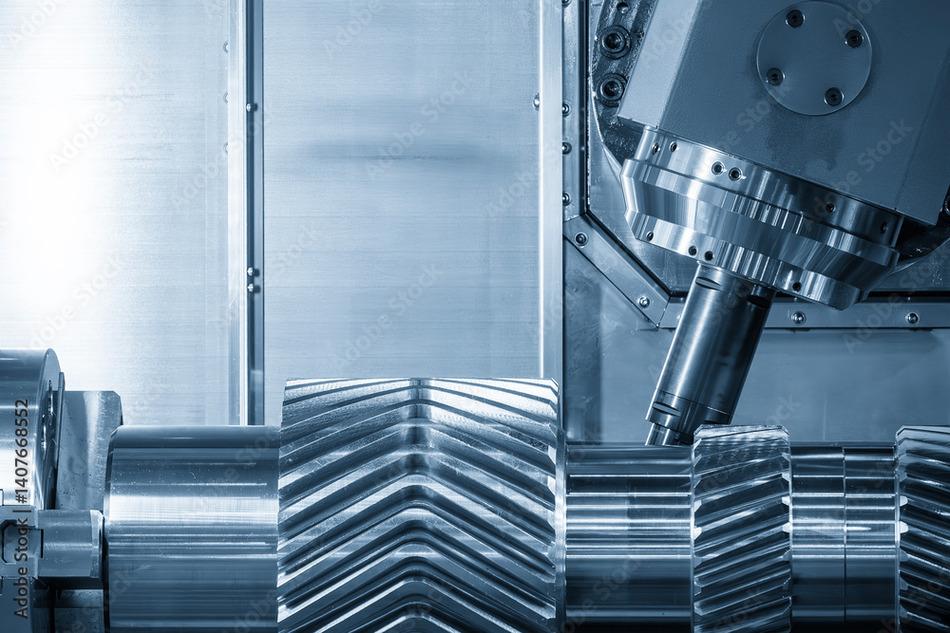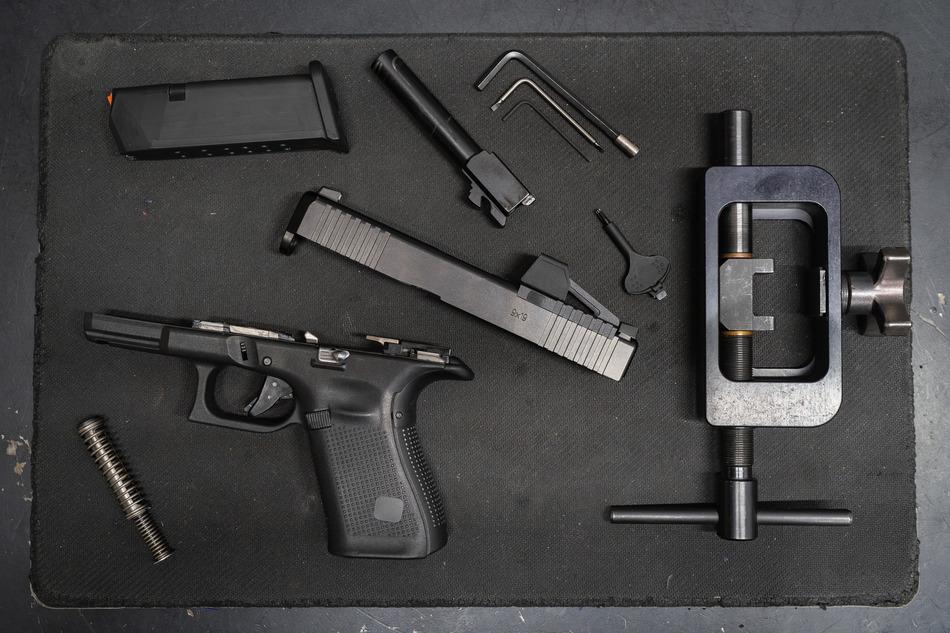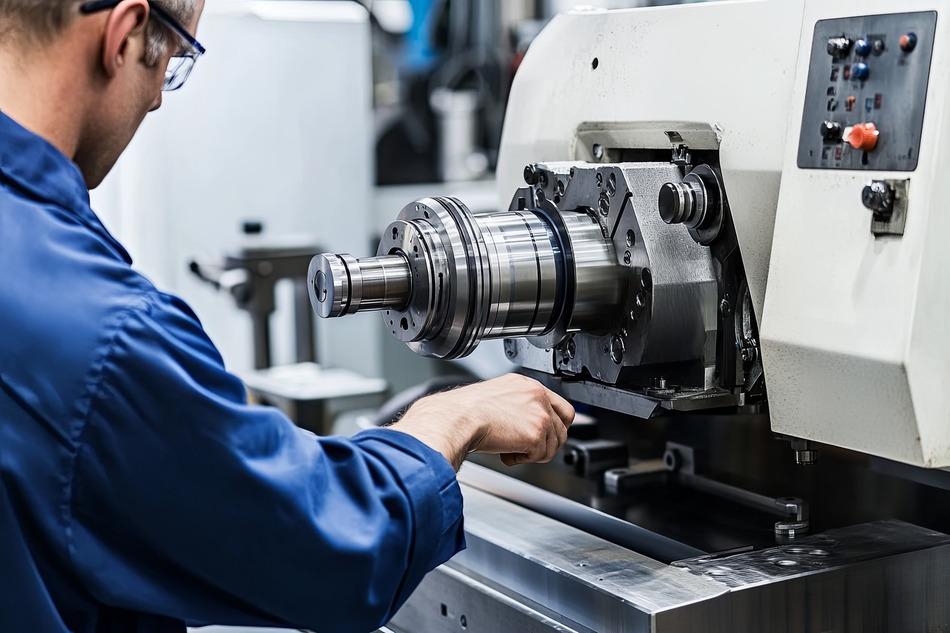Choosing the Right CNC Machine for Your Business
Investing in the right CNC machine is a crucial decision that can significantly impact the success of your business. With a wide range of machine types, sizes, capabilities, and price points available, selecting the most suitable CNC machine requires careful consideration.
In this blog post, we will provide you with a comprehensive guide to help you choose the right CNC machine for your specific business needs.
Selecting the Right CNC Machine
Start by clearly defining the type of work you need the CNC machine to perform. Identify the materials you’ll be working with, the complexity of parts.
What will be the required precision and volume of production?
This will help determine the specific capabilities and features your CNC machine should have.
Research suppliers and manufacturers: First thing to remember, look for reputable suppliers and manufacturers with a track record of quality and reliability. Read customer reviews and testimonials to gain insights into their product performance and customer support.
Seek expert advice: Consult with CNC machining experts or industry professionals who can provide guidance tailored to your specific business needs. By all means, they can help assess your requirements and recommend the most suitable CNC machine options.
Assess Your Business Needs: Machine Types and Sizes
Assess your business needs, finding the optimal machine types and sizes that will drive your success forward
Vertical Machining Centers (VMC): VMCs are versatile and commonly used for milling operations. They are ideal for producing prismatic parts and are available in various sizes, from compact benchtop models to large industrial-grade machines.
Horizontal Machining Centers (HMC): HMCs offer the ability to perform multi-sided machining and are suitable for larger, heavier workpieces. They are well-suited for industries like aerospace and automotive.
Turning Centers: Turning centers, or lathes, are used for cylindrical machining operations. Consider them if your business focuses on rotational parts, such as shafts or cylindrical components.
Size considerations: Determine the appropriate machine size based on the maximum dimensions of the parts you’ll be machining. Ensure that the machine’s work envelope can accommodate your largest anticipated workpieces.
Assess Your Business Needs: Machine Capabilities
Axis configurations: Decide on the number of axes required for your machining operations. 3-axis machines are common and suitable for most applications, while 4- and 5-axis machines offer increased versatility for complex part geometries and multi-sided machining.
Spindle power and speed: Consider the spindle power and speed requirements based on the materials you’ll be working with and the desired cutting performance. Higher spindle power and variable speed options provide greater flexibility.
Tool changer capacity: Evaluate the tool changer capacity needed to accommodate the range of tools required for your operations. A larger tool capacity reduces the need for frequent tool changes, enhancing efficiency.
Assess Your Business Needs: Budget Considerations
Initial investment: Determine your budget for purchasing a CNC machine, considering not only the machine cost but also installation, training, and any necessary accessories or tooling.
Total Cost of Ownership (TCO): Assess the long-term costs associated with machine maintenance, repair, and consumables. Consider factors such as energy efficiency, reliability, and support from the manufacturer.
Return on Investment (ROI): Evaluate the potential ROI based on increased productivity, reduced labor costs, improved part quality, and expanded capabilities. Calculate the payback period and weigh it against your business goals.
The Best Choice Available
Choosing the right CNC machine is a critical decision that can significantly impact your business’s success. You can make an informed decision that aligns with your specific requirements. Assess your business needs and understand the different machine types and sizes. Also, evaluate machine capabilities, considering budget factors, and conducting thorough research,
Lastly, remember to prioritize functionality, scalability, and flexibility to accommodate your current and future production needs. Consider the machine’s capabilities, such as axis configurations, spindle power and speed, and tool changer capacity, to ensure they align with your machining requirements.




